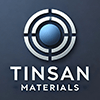Showing 181–192 of 672 results
-
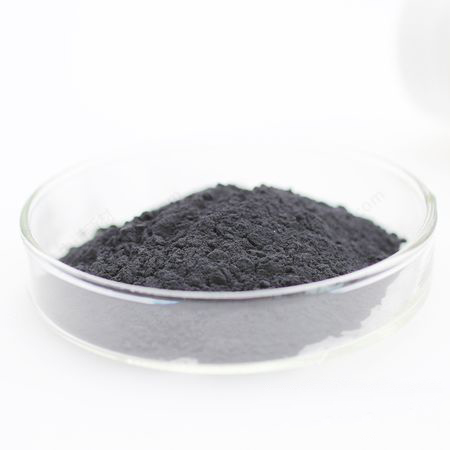
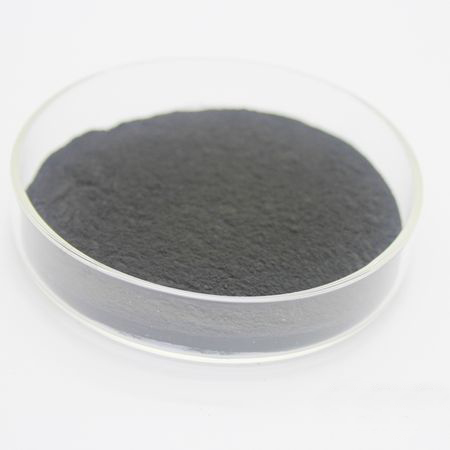
- High Purity: Superior chemical composition ensuring optimal performance in applications.
- Excellent Conductivity: High thermal and electrical conductivity for advanced applications.
- Catalytic Efficiency: Highly effective as a catalyst in chemical reactions.
- Thermal Stability: Exceptional resistance to high temperatures.
- Versatility: Suitable for a wide range of applications in energy, electronics, and chemical industries.
-
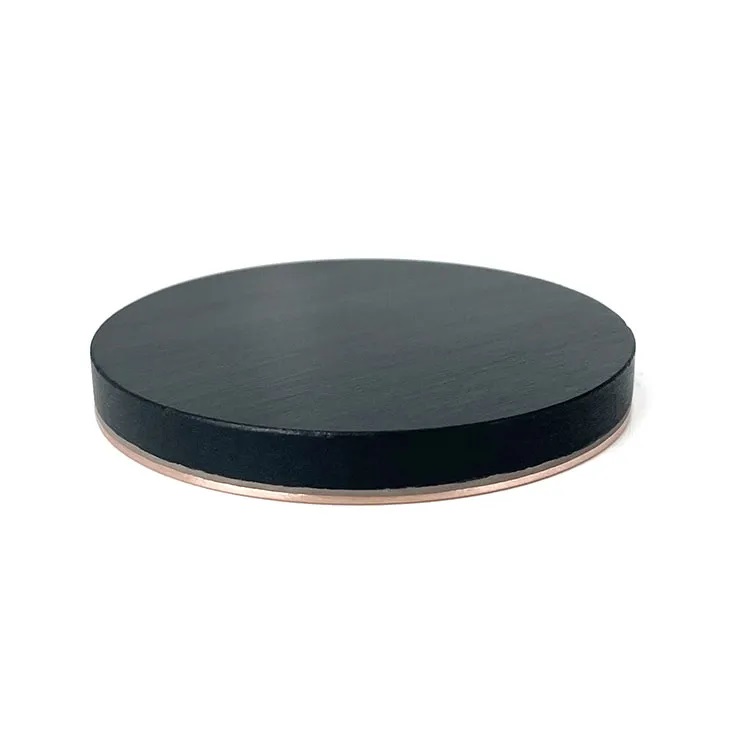

- Semiconductor Properties: CuS is a p-type semiconductor, making it suitable for applications in photovoltaics and semiconductor devices.
- High Absorption: Copper Sulfide has strong light absorption characteristics, especially in the visible spectrum, making it ideal for solar energy applications.
- Customizable: CuS sputtering targets can be customized in terms of size, purity, and bonding options to meet specific deposition requirements.
- High Chemical Stability: CuS is chemically stable, which ensures the longevity and durability of the deposited thin films.
-
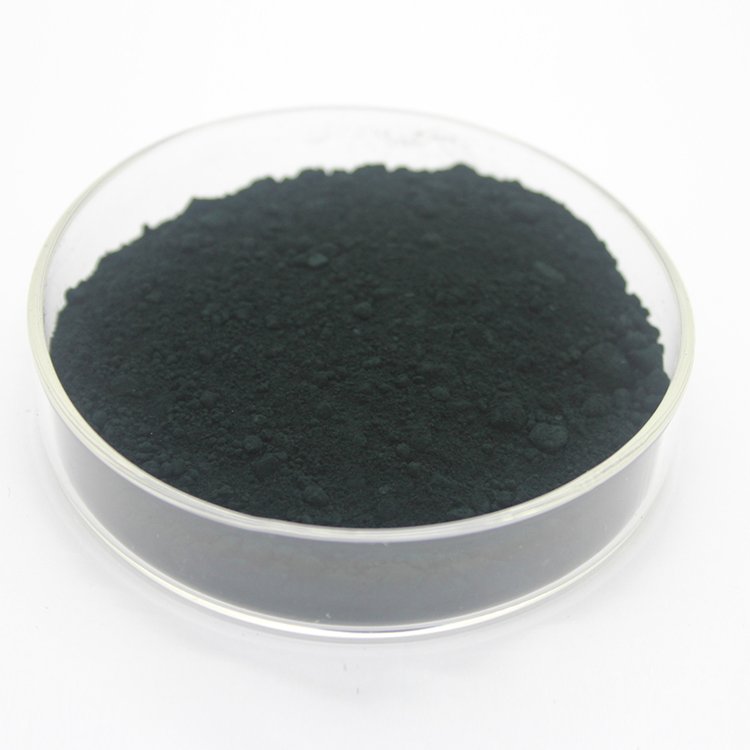
- High Purity: Suitable for demanding industrial and research applications.
- Semiconducting Behavior: Ideal for electronic and photovoltaic uses.
- Optical Absorption: Effective for applications requiring light absorption in the infrared spectrum.
- Thermal Stability: Resists degradation at high temperatures.
- Customizable Sizes: Available in nano and micron scales.
- Environmentally Friendly: Supports green energy and eco-conscious applications.
-
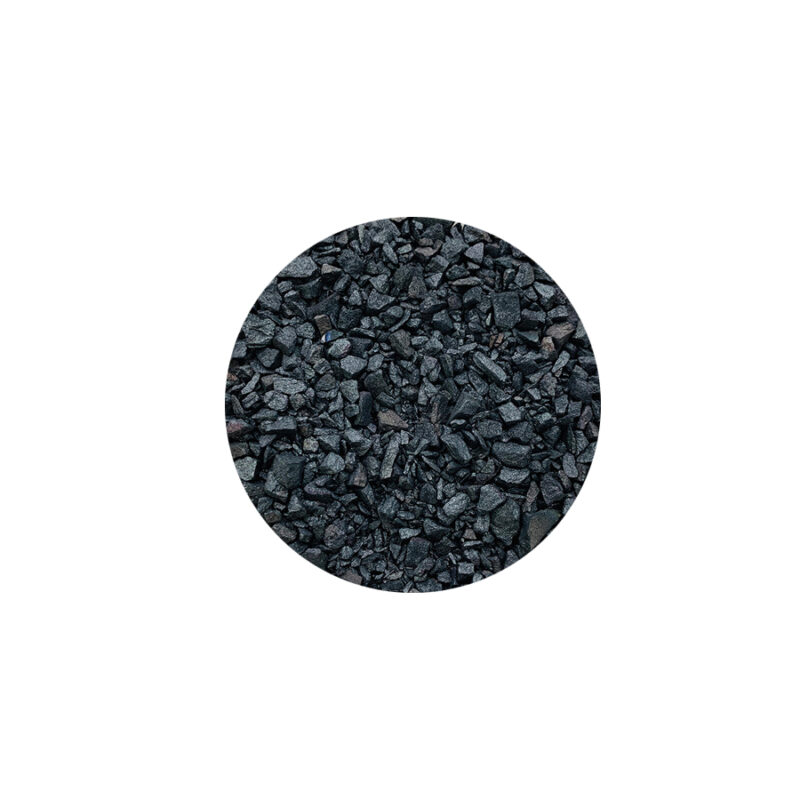
- Semiconducting Properties: CuSe is a p-type semiconductor material, making it useful in the development of electronic and optoelectronic devices.
- High Absorption Coefficient: It has a high absorption coefficient in certain wavelengths, making it suitable for photovoltaic and optical coating applications.
- Stability: Copper selenide is stable under a wide range of conditions, providing longevity for deposited thin films in various environmental settings.
- Excellent Conductivity: The material demonstrates good electrical conductivity, which is valuable in the context of solar energy harvesting and thermoelectric applications.
-
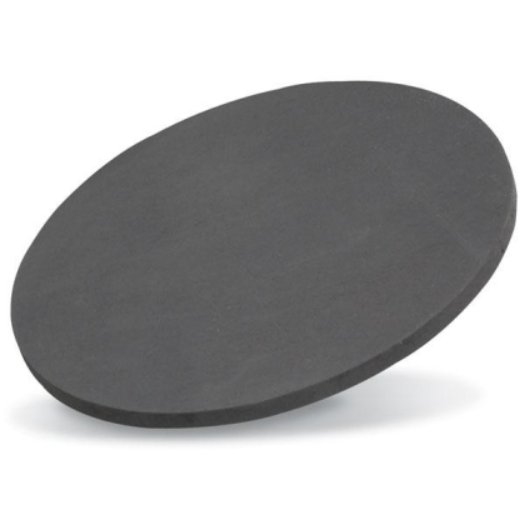
- High Purity: Ensures defect-free deposition for precision applications.
- Good Electrical Conductivity: Suitable for functional and conductive coatings.
- Stable Performance: Maintains chemical and thermal stability during sputtering processes.
- Customizable: Available in various dimensions and shapes for compatibility with sputtering systems.
-
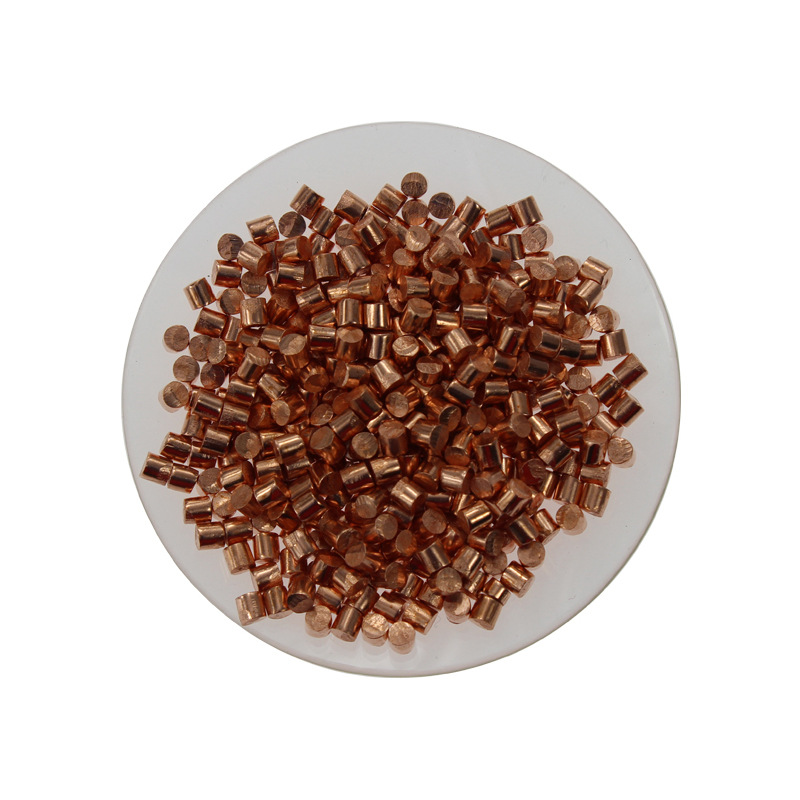
- Good Conductivity: Offers high electrical and thermal conductivity, making it ideal for electrical applications.
- Strength and Ductility: The alloy combines strength with ductility, allowing for effective deformation during soldering and manufacturing.
- Corrosion Resistance: Provides enhanced resistance to corrosion compared to pure copper.
-
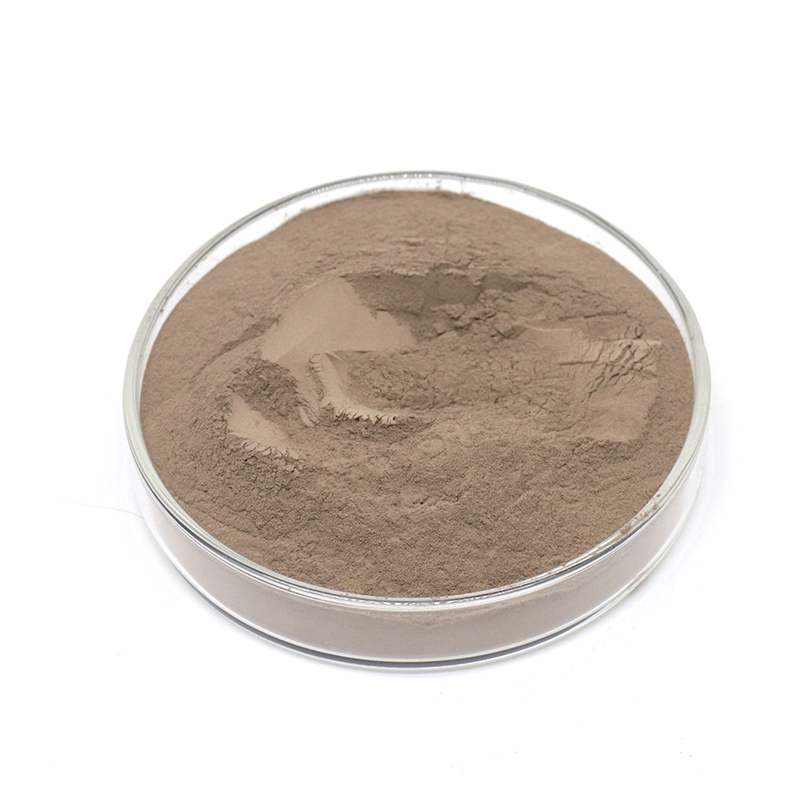
- High Electrical Conductivity: Copper’s exceptional conductivity is maintained while incorporating titanium’s benefits.
- Enhanced Corrosion Resistance: Titanium adds corrosion resistance, making the alloy suitable for harsh environments.
- Excellent Strength-to-Weight Ratio: The inclusion of titanium provides high strength while maintaining a low weight.
- Customizable Composition: Cu-Ti powder is available in various compositions to meet specific application requirements.
- Improved Durability: Suitable for high-stress, long-life applications due to the toughness of titanium.
-
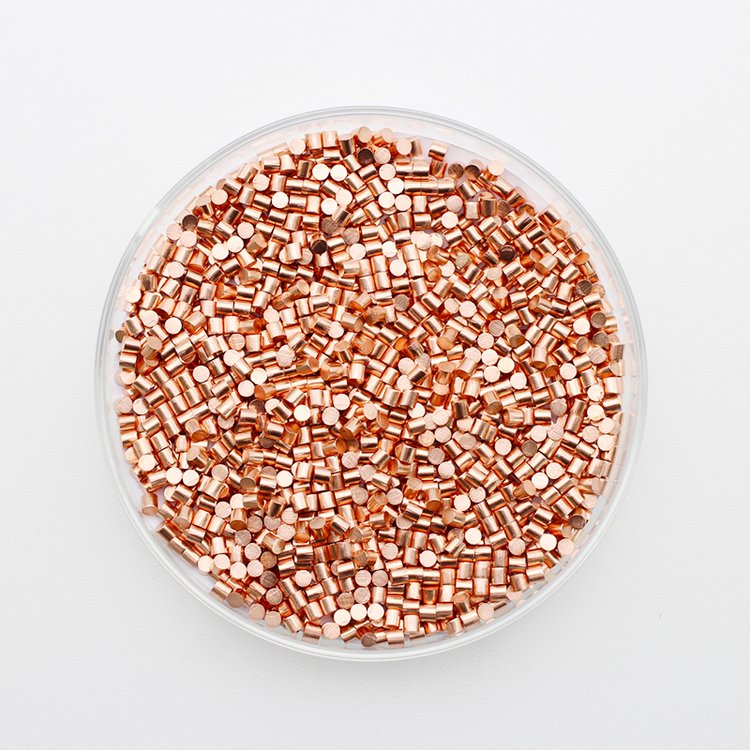
- Excellent Electrical Conductivity: High conductivity due to the copper content, making them ideal for electronic applications.
- Corrosion Resistance: Superior resistance to tarnishing and degradation in challenging environments.
- High Strength and Ductility: Combines durability with flexibility for various manufacturing needs.
- Thermal Conductivity: Efficient heat transfer for thermal management applications.
- Customizable Composition: Available in different Cu-Zn ratios to suit specific needs.
-
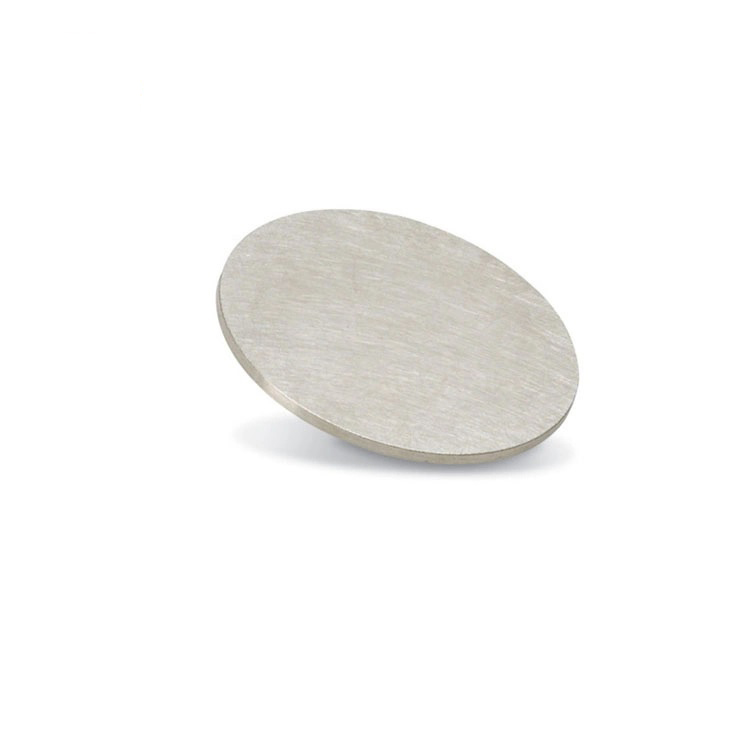
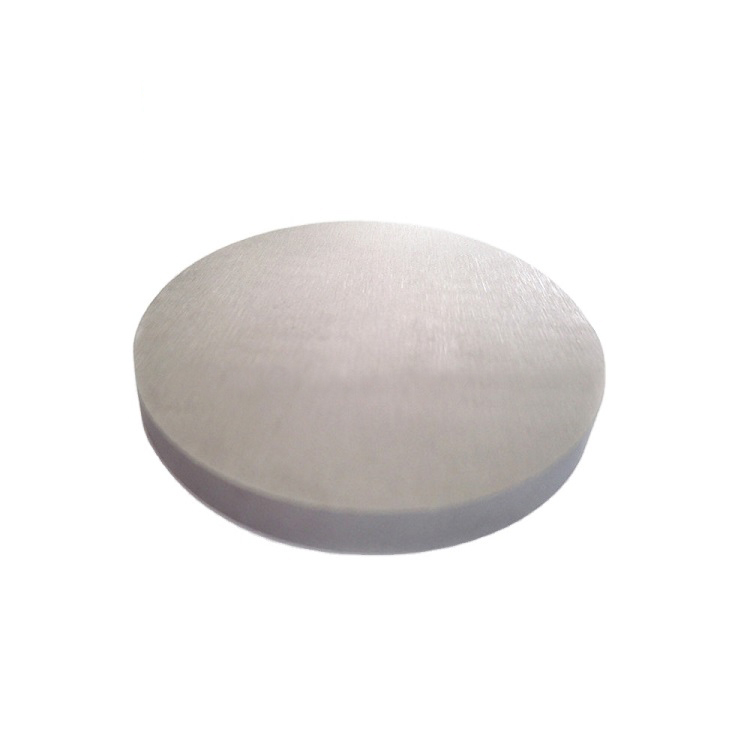
- Purity: Typically available in 99.9% or higher purity to ensure excellent thin film quality.
- Magnetic Properties: Dysprosium enhances the magnetic performance of thin films, making it ideal for applications that require strong and stable magnetic fields.
- Thermal Stability: Dy thin films maintain stability at high temperatures, making them suitable for use in thermal management applications.
- Customization: Available in various shapes, such as discs, plates, and cylinders, to meet the needs of different sputtering systems.
-
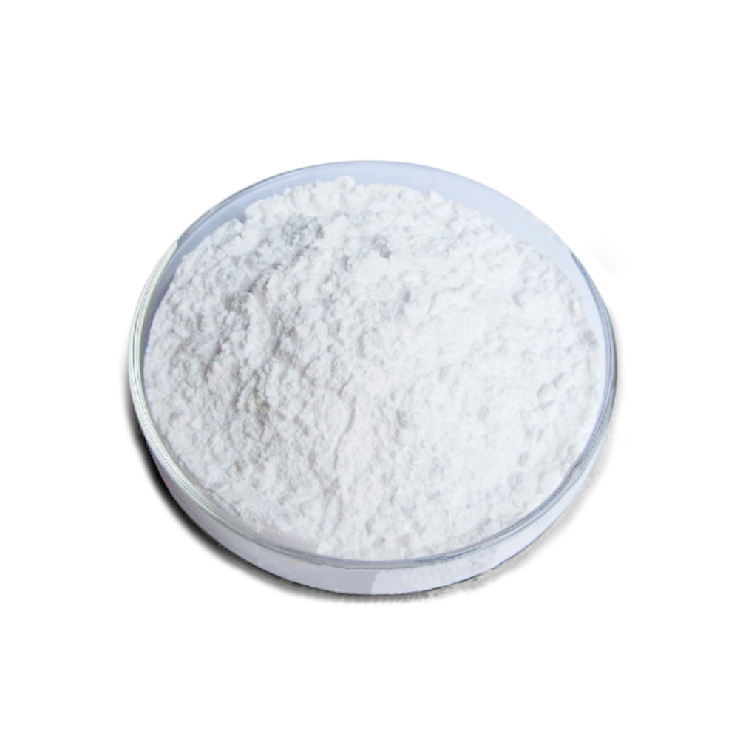
- High Purity: ≥ 99.9%, ensuring optimal performance in critical applications.
- Thermal Stability: Maintains properties under extreme temperature conditions.
- Strong Magnetic Properties: Ideal for producing high-performance magnetic materials.
- Chemical Inertness: High resistance to chemical reactions, enhancing durability.
- Optical and Dielectric Properties: Suitable for lasers and electronic components.
-
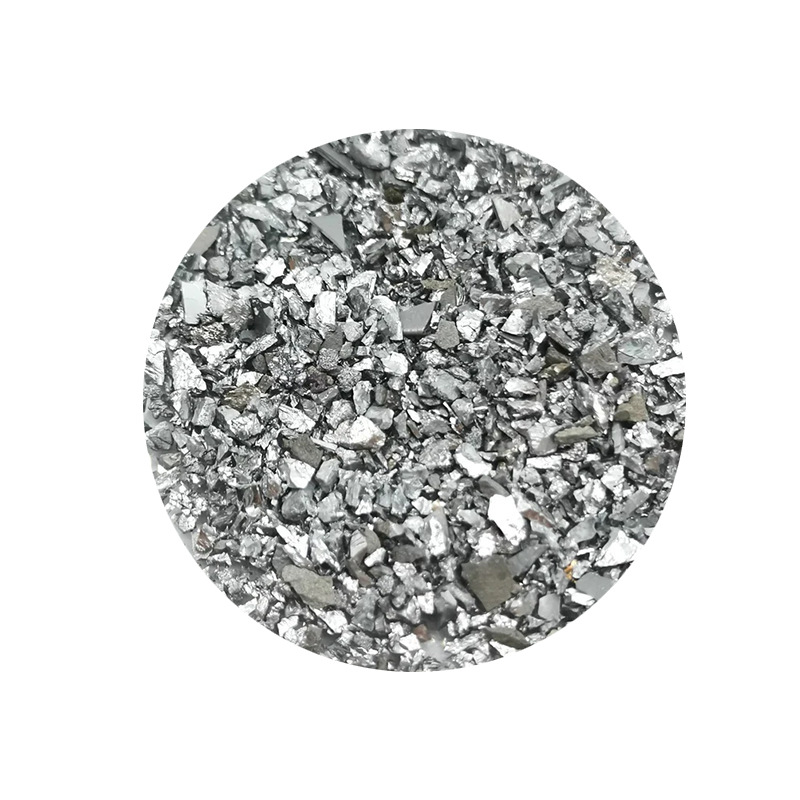
- Infrared Absorption and Emission: Erbium’s most notable feature is its strong absorption and emission in the infrared spectrum, particularly around 1.55 microns, making it valuable for optical communication.
- High Thermal Stability: Erbium is thermally stable, which makes it suitable for deposition processes that require high temperatures.
- Low Toxicity: Compared to some other rare-earth metals, Erbium is considered to have low toxicity, making it safer for applications in medical devices.
-
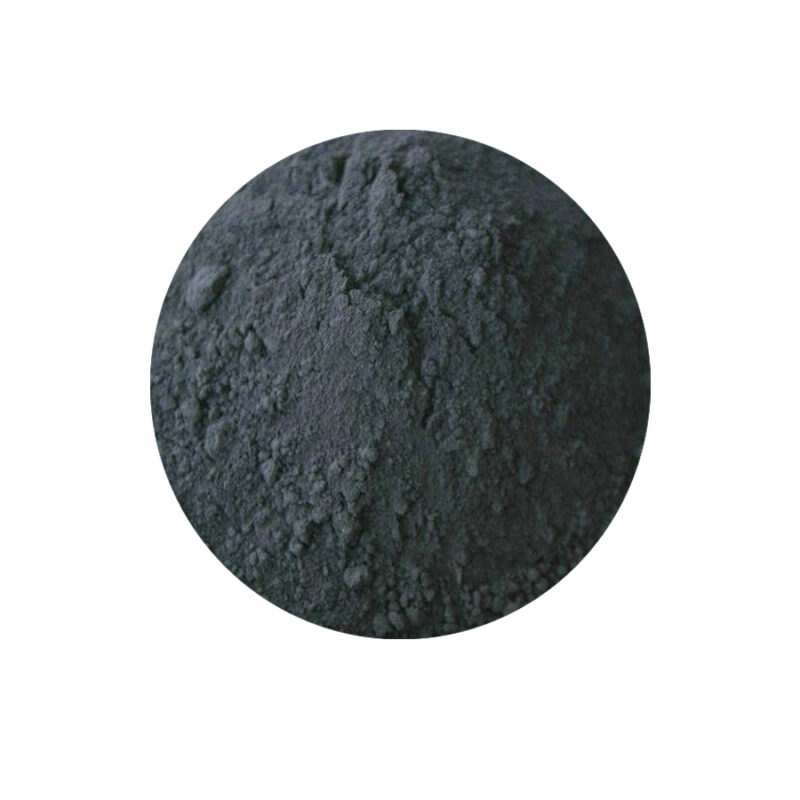
- Optical Properties: Erbium ions (Er³⁺) have characteristic light emission properties, particularly in the near-infrared region (around 1.54 µm), making them ideal for use in fiber optic communication and lasers.
- High Absorption Cross Section: Erbium has a high absorption cross section, making it highly efficient for use in optical amplifiers and laser systems.
- Thermal Stability: Erbium compounds and alloys demonstrate excellent thermal stability, making them suitable for high-temperature environments, including nuclear applications.
- Corrosion Resistance: When alloyed with other metals, erbium enhances corrosion resistance, contributing to the longevity and durability of metal components in various industries.
